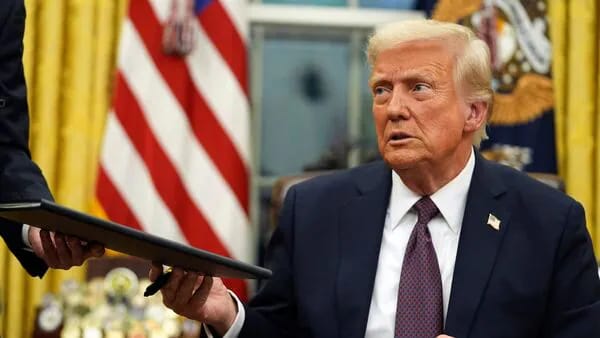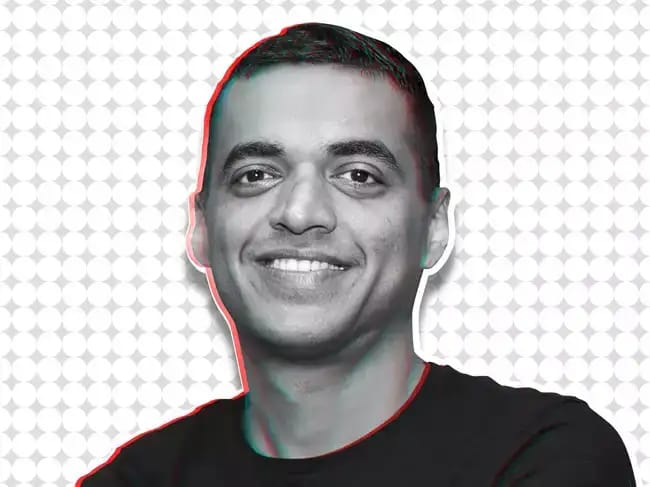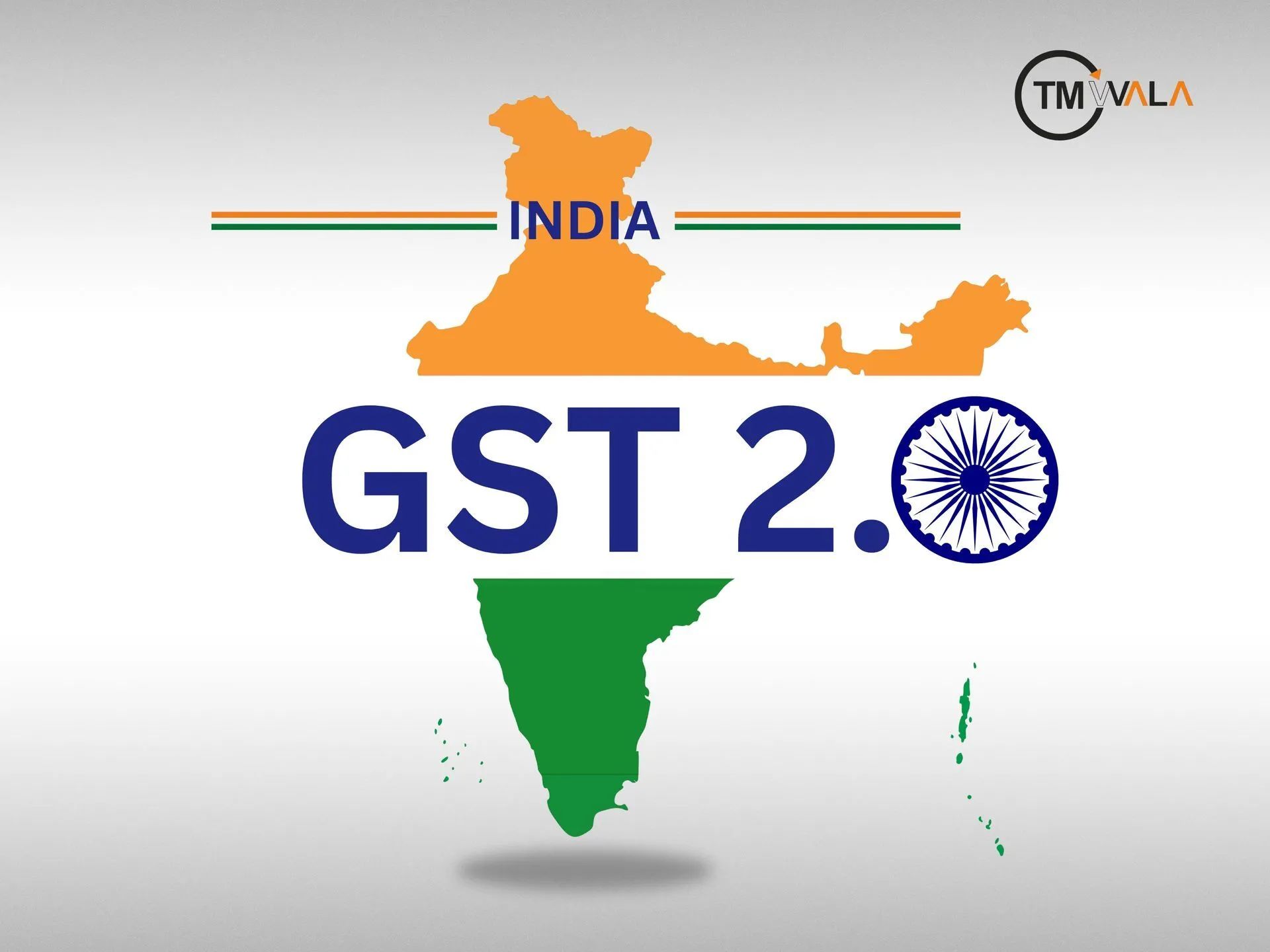- Up n' Running
- Posts
- 🥝 Zomato wants to be your nutrition coach
🥝 Zomato wants to be your nutrition coach
PLUS: GST 2.0: Modi promises big savings for households
Good morning. Today’s special: nine goddesses, nine days, and enough halwa-puri to fuel a small village.
Welcome to Kanjak season. Enjoy 🍽️
Ruchirr Sharma & Shatakshi Sharmaa
TABLE OF CONTENTS
Bite-sized summaries
🧑🍳 What else is cookin’?
NUTRITION
For years, Zomato has been the go-to app for quick cravings—think midnight biryani or that extra cheesy pizza. But its founder, Deepinder Goyal, admits something was missing: the platform made it easy to eat, not necessarily to eat better.
Enter Healthy Mode, Zomato’s newest feature. Instead of just showing calories, the app now uses AI + restaurant data to assign dishes a “Healthy Score”—from Low to Super. The ratings focus on what actually fuels your body: protein, fiber, complex carbs, and micronutrients.
Why this matters:
Status quo: Food delivery apps have long been accused of nudging users toward indulgence, not nutrition. Even Goyal says he felt “guilty” about it.
What’s new: With Healthy Mode (currently live in Gurgaon), Zomato is trying to flip that narrative, helping people discover meals they want and meals their body needs.
The bigger shift: It’s a sign of food delivery evolving beyond convenience into wellness tech—where algorithms don’t just deliver your cravings but shape your health choices.
For Zomato, this isn’t just a feature launch—it’s a reputation reset. By weaving health into its mission of “better food for more people,” the company is signaling that delivery doesn’t have to mean junk food.
Bottom line: The next time you open Zomato, you might see not just what’s tasty, but what’s truly good for you. Ordering in just went from guilty pleasure to (potentially) guilt-free.
Read more: Economic Times
GST
Prime Minister Narendra Modi says the next generation of GST reforms could leave Indian families with more money in their wallets—₹20,000 saved annually on every ₹1 lakh spent on daily needs.
Let’s break that down. Back in 2014, a typical household paying ₹1 lakh a year on essentials shelled out about ₹25,000 in taxes. With GST’s first wave, that dropped. Now, under GST 2.0, Modi claims families will owe just ₹5,000–6,000—a sharp cut that amounts to massive collective savings of nearly ₹2.5 lakh crore annually when combined with income tax reductions.
Why it matters:
Status quo: Indian consumers have long felt the pinch of layered taxes—excise, VAT, service tax—piled onto everyday purchases. GST, introduced in 2017, streamlined that, but critics argued the benefits didn’t always trickle down.
What’s new: GST 2.0 aims to simplify further and directly reduce household spending. If delivered, it could ease inflationary pressure, boost consumption, and put political wind in the BJP’s sails ahead of key elections.
The fine print: The government will still need to balance lower tax collections with fiscal realities—meaning efficiency and compliance will be key.
Modi framed it as part of a broader “good governance” model: cutting corruption, pushing swadeshi goods, and turning savings into a political win.
Overall: If GST 2.0 works as promised, it won’t just be tax reform—it’ll be a direct bump to middle-class purchasing power, something that hits home (literally) for millions.
Read more: Economic Times
GENERAL OVERVIEW
🗞️ Bite-sized summaries

🎬️ Trump targets foreign films - US President Donald Trump announced a 100% tariff on all foreign-made movies, extending his protectionist trade policies into the cultural sector. Trump claimed US filmmaking is being “stolen” by international competition, though the legal basis and enforcement mechanisms remain unclear. The move threatens Hollywood’s global business model, which relies on international box office revenue and co-productions. Industry executives expressed confusion about implementation, given modern films’ cross-border production and financing structures. Legal experts also question whether films—considered intellectual property and services—can be tariffed. The announcement already shook markets, with Netflix shares dipping in early trading.
✈️ Air India secures $215M loan - Air India has raised $215 million from Bank of India and Standard Chartered through GIFT City to refinance short-term debt used to purchase six Boeing 777-300ER aircraft. The six-year loan is priced at about 168 basis points over the secured overnight financing rate (SOFR). This marks Bank of India’s first role as a mandated lead manager for a GIFT City loan. The refinancing follows delays in fundraising after Air India’s June crash, one of India’s worst aviation accidents. The funds will ease repayment pressure while supporting the airline’s ongoing fleet and financial restructuring.
HEADLINES
🧑🍳 What else is cookin’?
What’s happening in India (and around the world 🌍️)
Trump and Netanyahu agree new Gaza peace plan.
Nicole Kidman and Keith Urban split after nearly 20 years of marriage.
Gold hits record high, heads for best month in 14 years on safe-haven rush.
RBI unveils norms to enable faster transmission of rates.
You’re the best :)
It would mean the world to us if you shared this link with a friend!
P.S.: Up n’ Running can now be installed as an app on your phone! Here’s how:
Click on the banner above and select your browser of choice.
You will receive a pop-up saying “Install the app.”
Follow the instructions on that pop-up, and voila - you will now receive Up n’ Running updates directly to your phone! It’s also an easy way for you to access previous Up n’ Running editions at will.
That’s all for today folks - have a lovely day and we’ll see you tomorrow.


